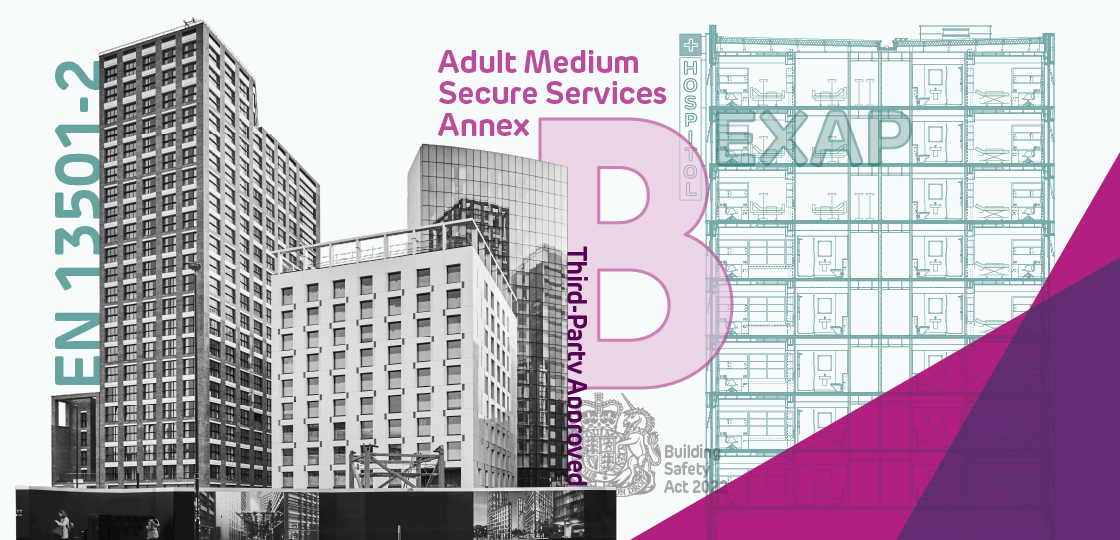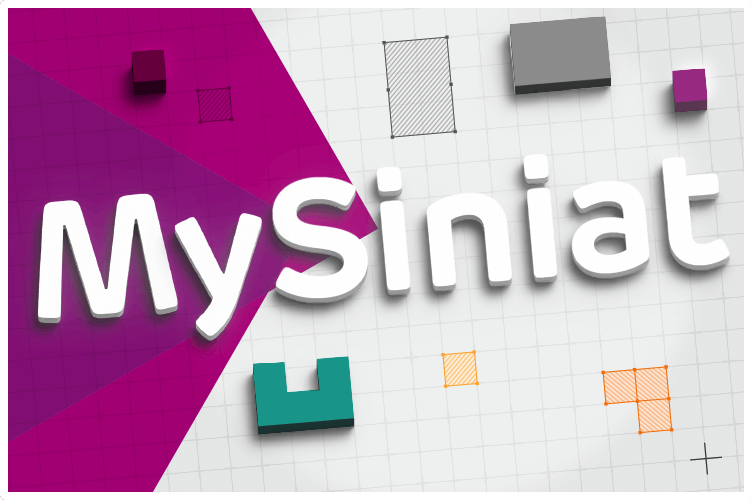
The industry is currently adapting to the largest set of regulation changes to impact the sector in over a decade. As part of this, Approved Document B (ADB) has been updated to give more clarity on fire safety testing standards and the requirement to provide third party verified classification reports.
For systems used for fire safety, following the guidance in ADB is essential. This means that the industry needs to shift from testing to BS, or even EN, and move towards extended field of application (EXAP) to ensure that systems specified meet robust fire safety standards. To do so, systems must be tested to the latest EN standards and, only then, can performance data be extended and classified by a verified third party. The result should be that all systems used for fire safety are supplied with a third party classification report.
As part of this, systems that incorporate a continuous layer of plywood must also undertake the same level of rigorous testing to prevent spread in the event of a fire. For mental health facilities this is particularly important as partitioning systems are frequently backed by plywood to enhance robustness and ensure minimal risk of entry at ligatures. This is fundamental as, should occupants be able to access wall cavities, there is a severe risk of harm due to the number of services running through them including, but not limited to, plumbing and electricity, as well as often being secured with potentially hazardous materials such as screws, studs or steel.
With this in mind, when we consider the complex environment of a mental health facility, systems that include continuous layers of plywood should be both tested, extended and classified against EXAP standards, and tested against Department of Health’s Environmental Design Guide for Adult Medium Secure Services to Annex B.
Until now, there has been no partitioning system to meet both of these test standards. However, Siniat recently worked alongside Sir Robert McAlpine to design a fully-tested system for an NHS Trust project in a London borough. The system utilises continuous plywood and Siniat Universal Board and has been tested and classified against EXAP and Annex B to form a first-of-its-kind system. The development of solutions such as this will play a major role in supporting specifiers and designers in making an ‘Informed Choice’ when selecting materials for mental health facilities.
With the end goal being that those procuring for mental health will be able to make ‘Informed choices,’ the session will also discuss BRE Group’s recently developed guide that provides details on testing methodologies for materials, fixtures and hardware designed for use within mental health facilities. The speakers will explain why it is essential that this type of innovation is encouraged amongst drylining and partitioning manufacturers and that new and existing products used in mental health environments are assessed for ligature and self-harm risks using an independent and repeatable format.
Recently at the Design in Mental Health Conference in Manchester,Siniat and Sir Robert McAlpine detailed the development and testing of the first-of-its-kind system in line with the guidance from BRE and how this new certification scheme will give end users, designers and specifiers greater transparency of safety and robustness when selecting materials for health facilities.
For more information contact our technical team; Request Technical Support - Siniat
